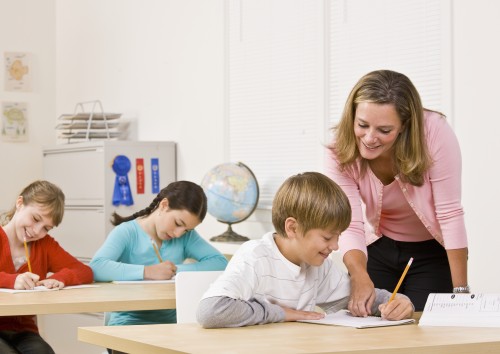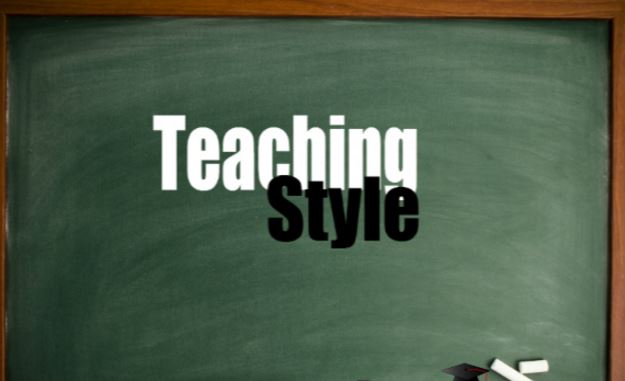

The importance of learning art in school is as important as learning other subjects in school. The arts and education go together, especially since studying and participating in the arts not only helps a child’s development, but it can also contribute to their successes later in life.
Are you aware of how studying the arts go hand-in-hand with education?
There are several ways a child can benefit from an art and academic education. To begin with, combining these two helps to promote a growth mindset. Through the arts, students develop skills such as resilience, grit, and a growth mindset to help them master their craft, do well academically, and be successful in life after they finish their education.
In addition, learning art bolsters self-confidence. There are quite a few students who can be shy. However, learning how to create art can help them break out their shell. Through the act of making art, they can get over their insecurities and find their voice and place in life. An increase in cognition is another way to increase self-confidence. This is yet another benefit to learning art. When a student learns art, they are not just learning how to paint or play an instrument. They are also learning a plethora of other subjects combined. Research shows there is a connection between learning art to an improvement in memory, language, reading, and executive functions.
To learn more bout how the arts and education go together, read the original article here: Creativity and Academics: The Power of an Arts Education





